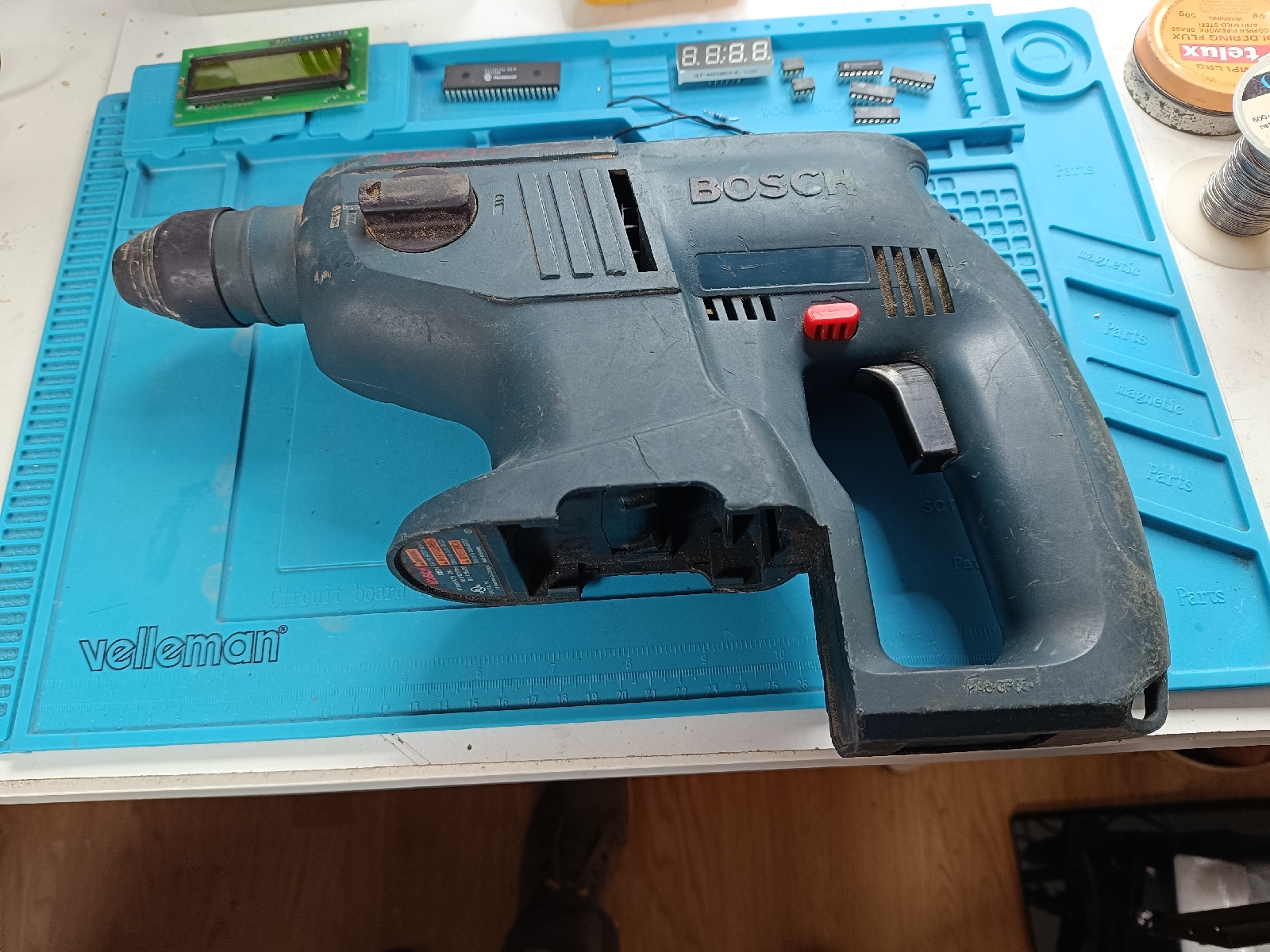Tiki Bar Lighting Upgrade

I have a couple of 20 LED solar strings in the tiki bar at the back of the house. After a couple of years outside the strings weren't working so well and opening up one of the solar panel units I found the AAA NiCd cell inside was only holding 0.5 volts instead of 1.2 volts when fully charged. Initially I went to a few shops looking for direct replacement strings but couldn't find any. Then in Home Bargains I found 50 mini LED strings with larger solar panels and a lithium-ion battery for only £3. So I bought 2 of these and chopped off the LED strings as I was only interested in the solar panel units. An initial test with just twist-and-tape wiring proved this upgrade would work. The next step was to take the solar panel units apart and solder the wiring for my LED strings in properly. I decided to mount the solar panel units under the composite roof to keep them dry so that hopefully they will last a few years longer than the ori...





